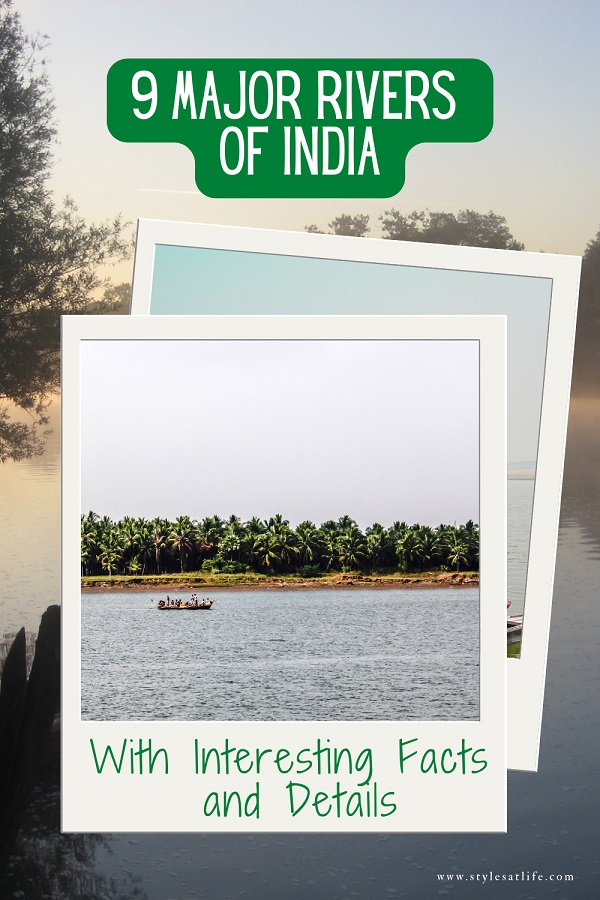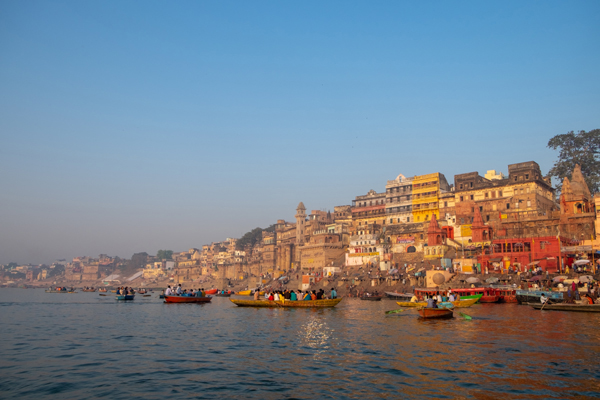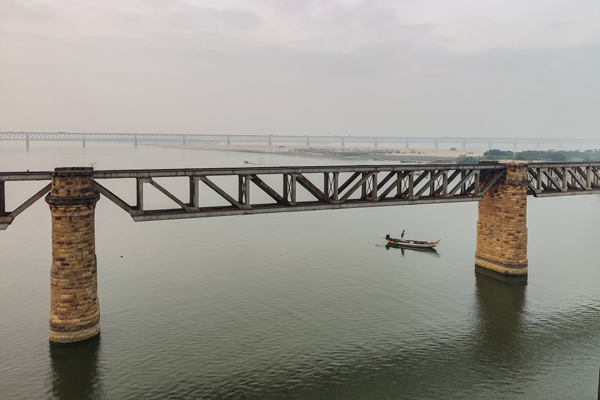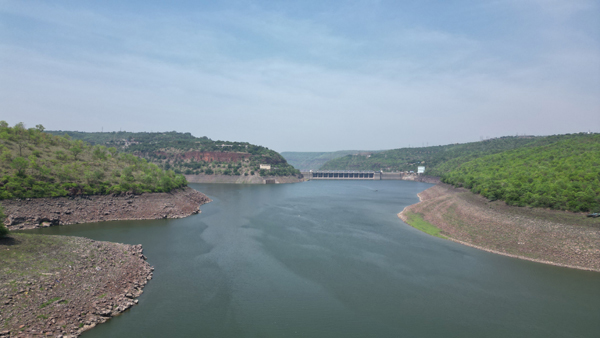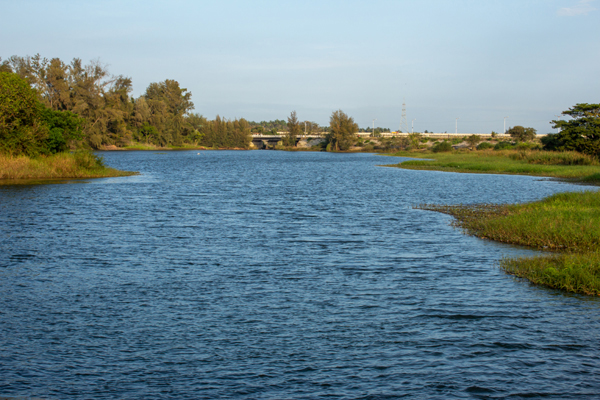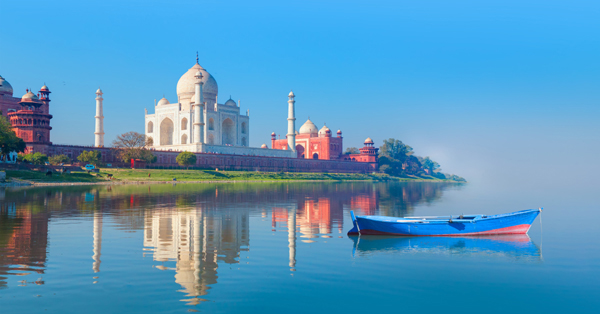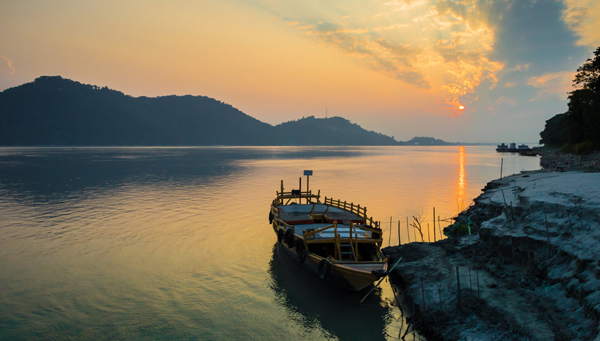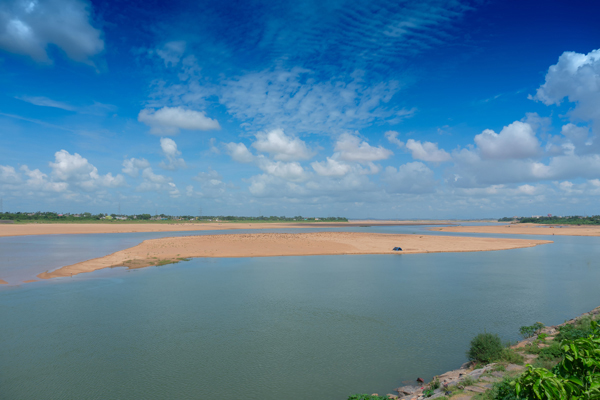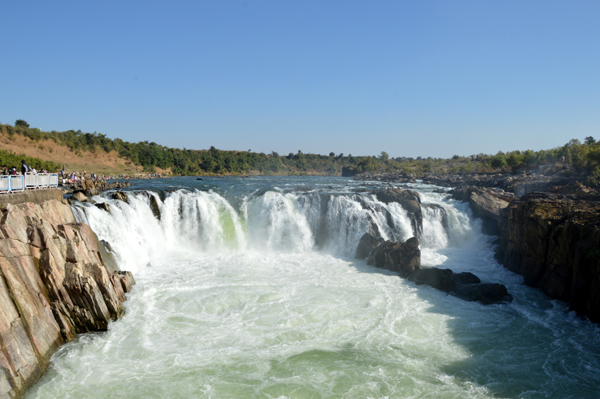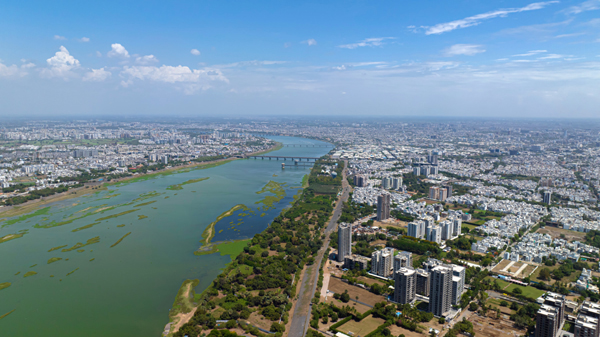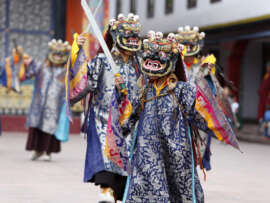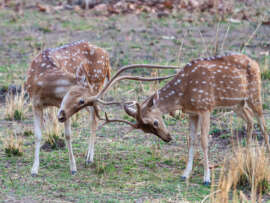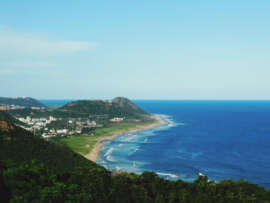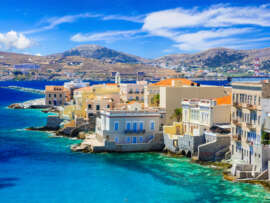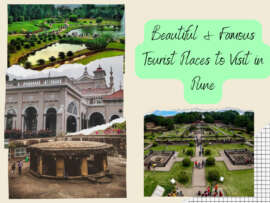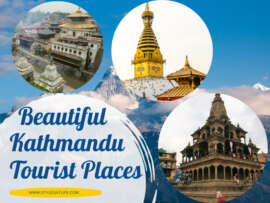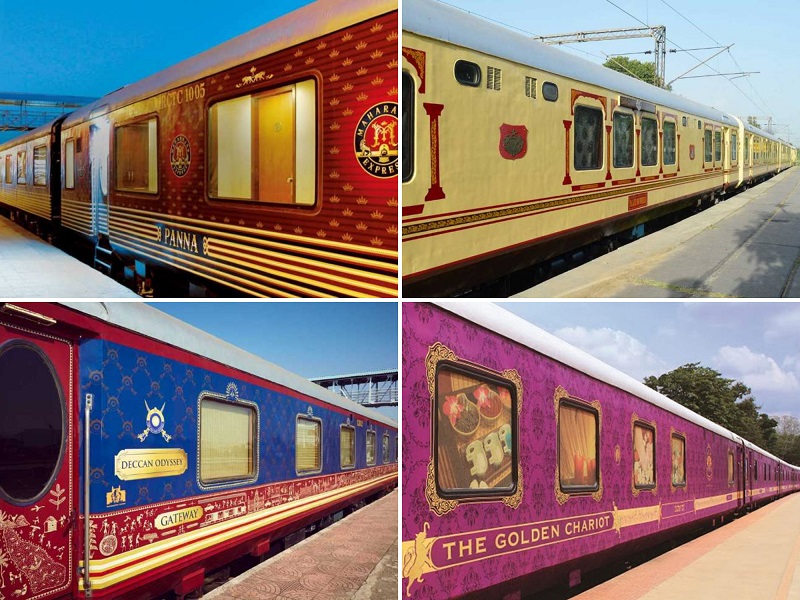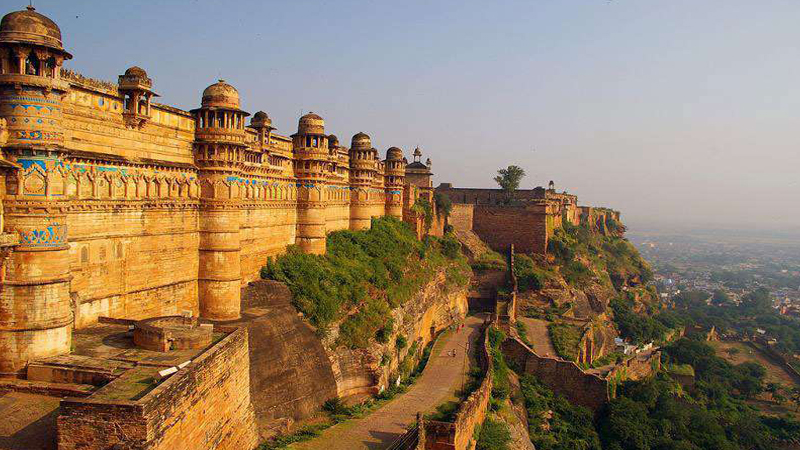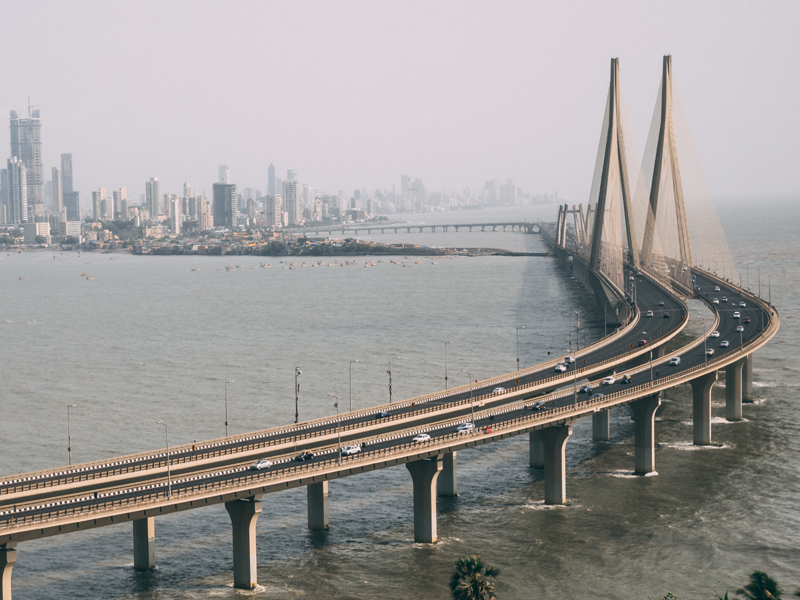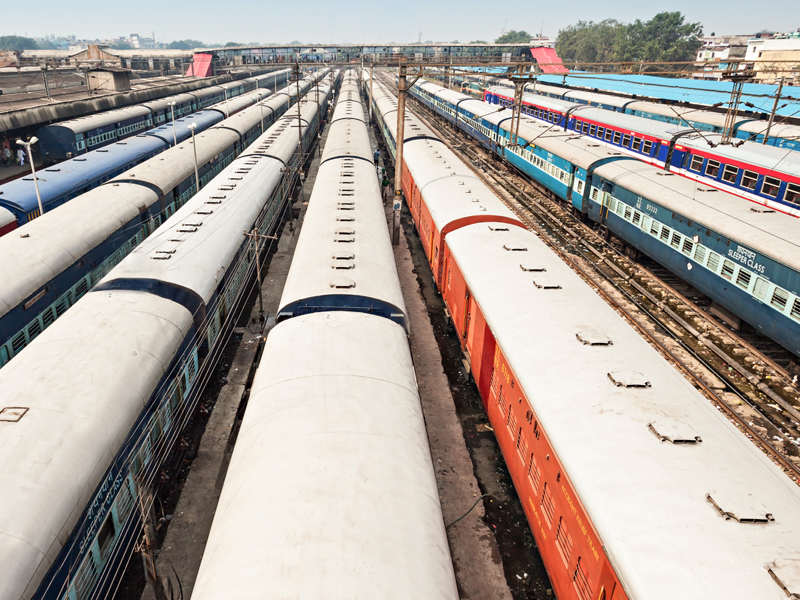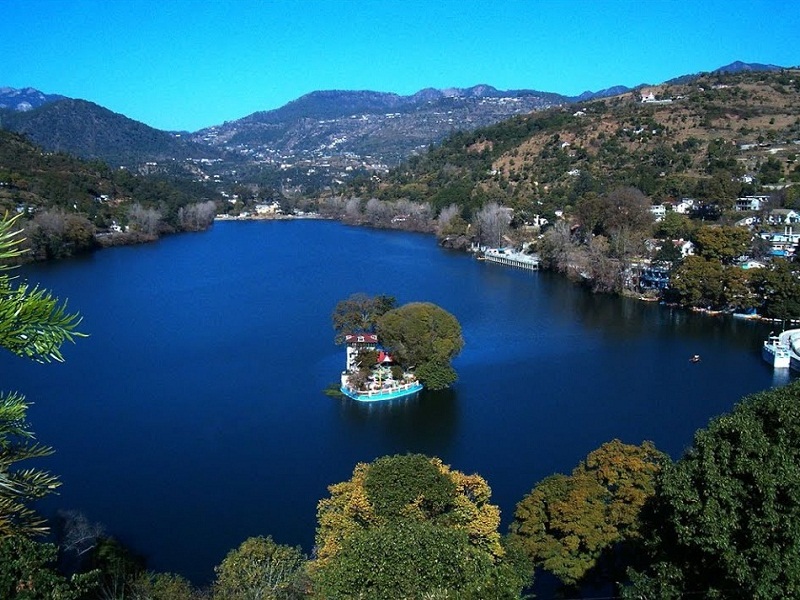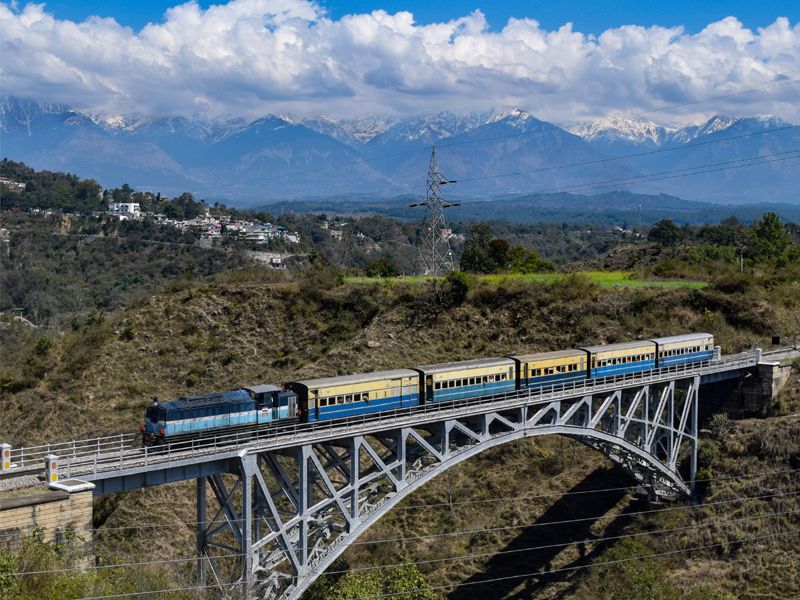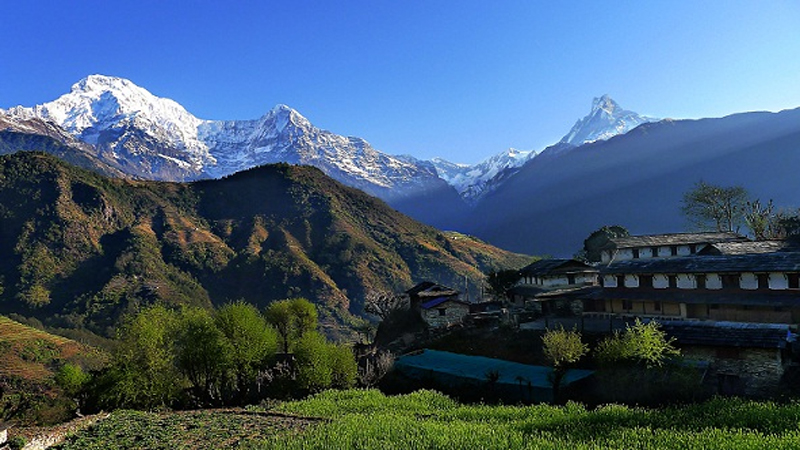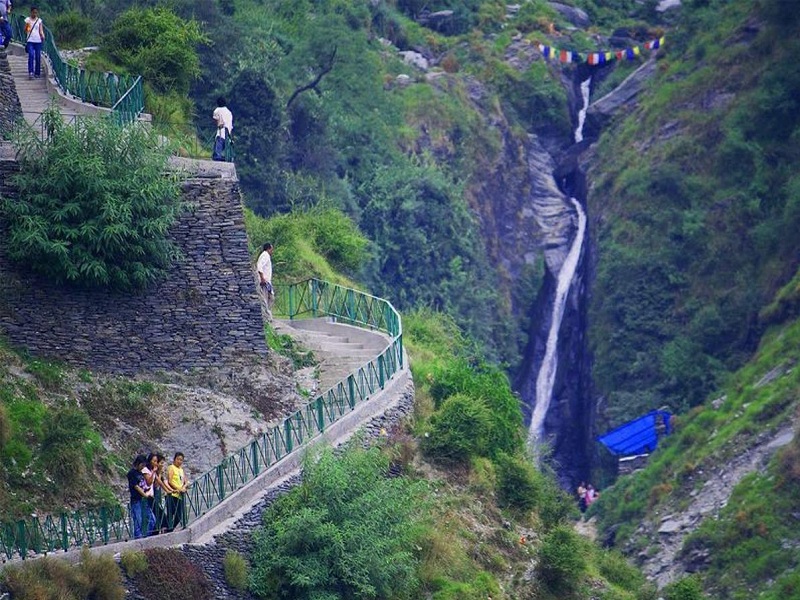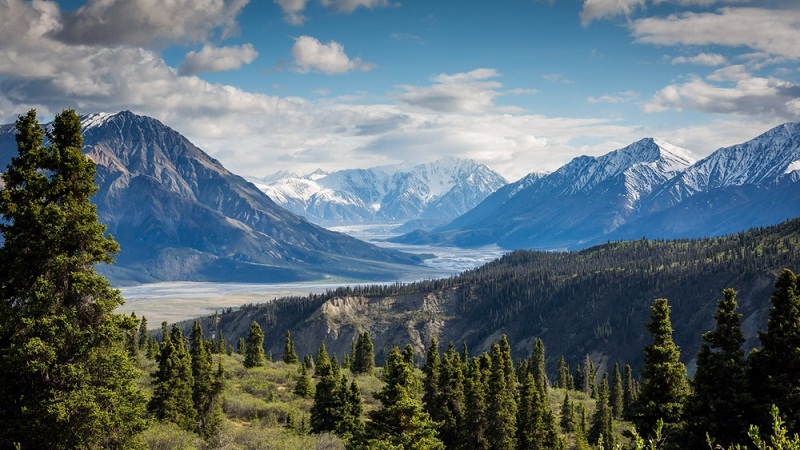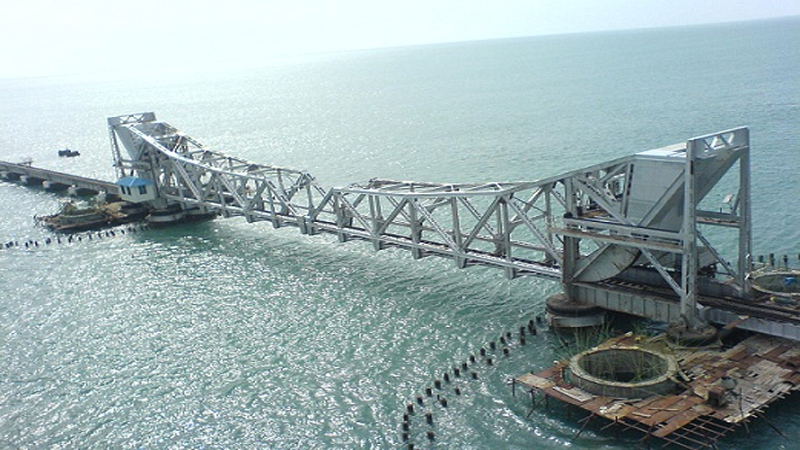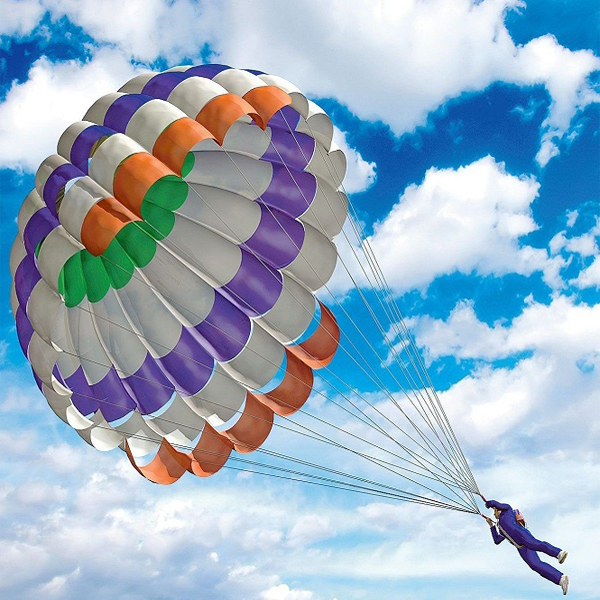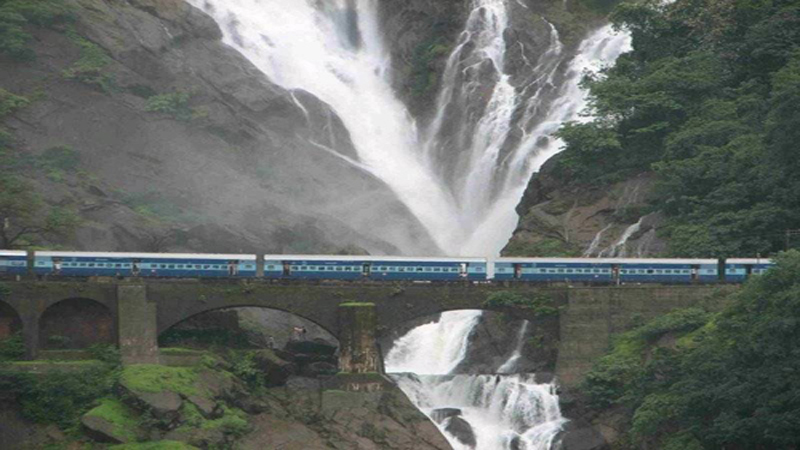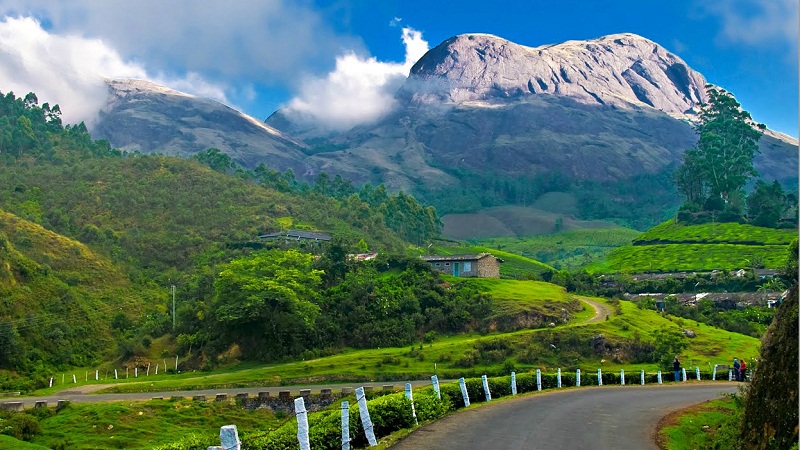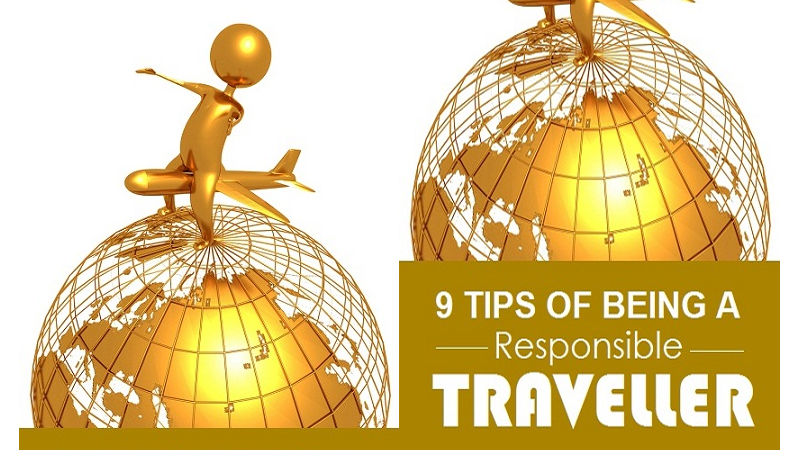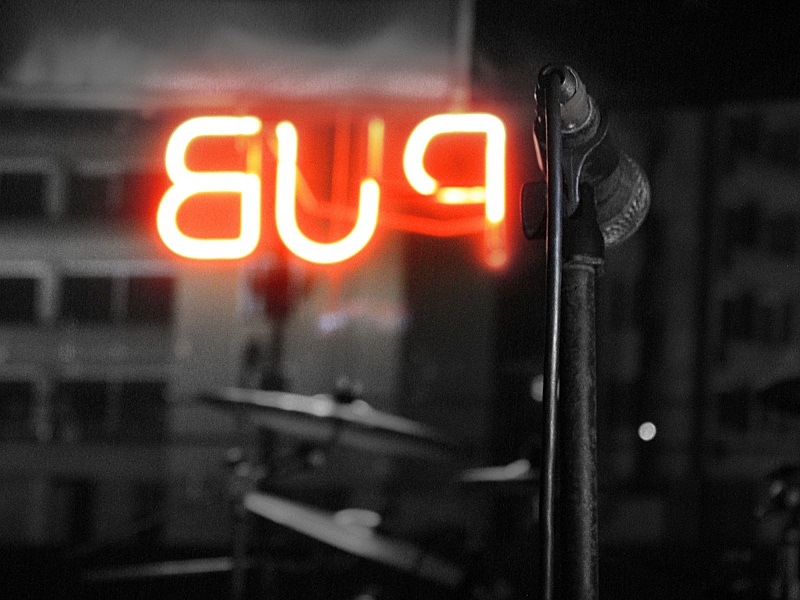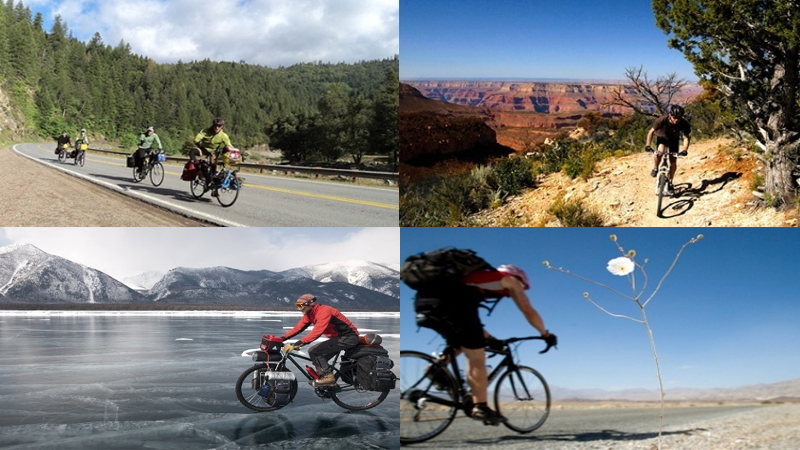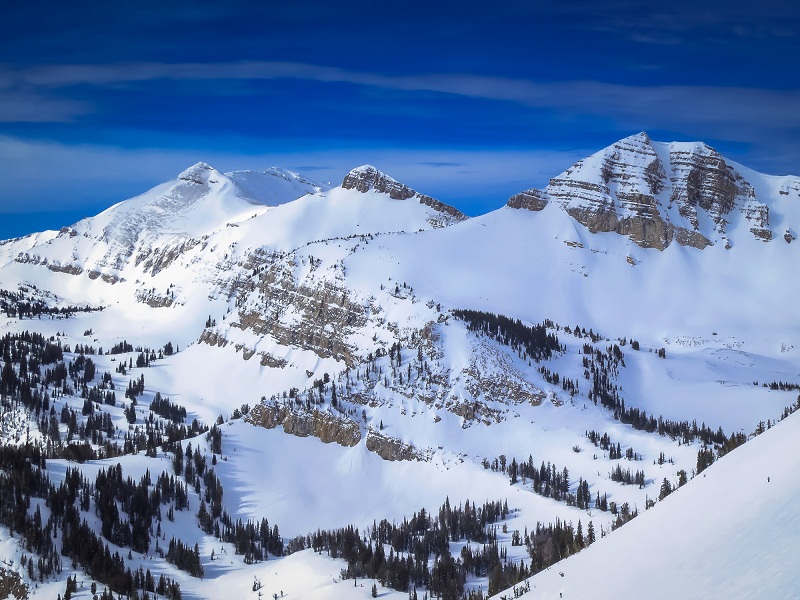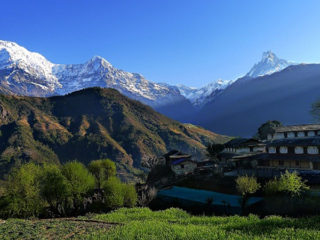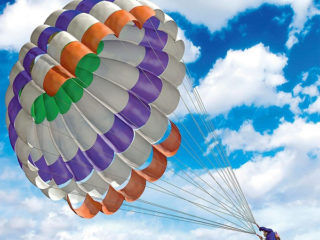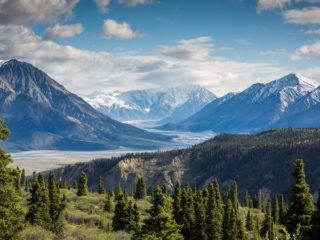India is a land of rivers. There are nine important rivers of India namely Ganga, Yamuna, Godavari, Brahmaputra, Krishna, Kaveri, Mahanadi, Narmada and Tapti. These 9 rivers along with their tributaries make the lifeline of India. In this article, we have detailed the essential details of these 9 rivers and also marked out some interesting facts about them. Check out these rivers right here.
Top 9 Famous Rivers in India:
1. Ganga:
The Ganges or Ganga as it is popularly known is the longest river in India and flows through India and Bangladesh. It is one of the most sacred rivers to the Hindus and is a lifeline to the millions of people living across its course and depends upon it for their livelihood. Though the Ganga river in India is worshipped in Hinduism as Goddess Ganga one cannot ignore the fact that it is a highly polluted river which has endangered 140 fish species, 90 amphibian species, and even humans.
- River Name: Ganga
- River Length: 2725km
- It Originates from: Devprayag in the Garhwal division of the Uttarakhand state.
- Ends in: Murshidabad District, West Bengal
- Major States and Cities: The major States and Cities covered by Ganga river are
States where river Ganges flows:
- Uttarakhand
- Himachal Pradesh
- Uttar Pradesh
- Madhya Pradesh
- Chattisgarh
- Bihar
- Jharkhand
- Punjab
- Haryana
- Rajasthan
- West Bengal
- Union Territory of Delhi
Cities on the banks of the Ganges:
Rishikesh, Farrukhabad, Haridwar, Kannauj, Bithoor, Kanpur, Jajmau, Prayagraj, Varanasi, Buxar, Patna, Bhagalpur, Farakka, Murshidabad, Plassey, Nabadwip, Kolkata, Rajshahi, Chandpur, Baranagar
Bridges:
- Arrah-Chhapra Bridge
- Bakhtiyarpur-Tajpur Bridge
- Farakka Barrage
- Digha–Sonpur Bridge
- Ganges Barrage
- Hardinge Bridge
- KacchiDargah–Bidupur Bridge
- Lakshman Jhula
- Lalon Shah Bridge
- Mahatma Gandhi Setu
- Malviya Bridge
- Munger Ganga Bridge
- Nivedita Setu
- Padma Bridge
- Rajendra Setu
- Ram Jhula, Rishikesh
- Vikramshila Setu
- Vivekananda Setu
Merges Info:
- Allahabad – Prayag of Ganga, Yamuna, and Saraswati
River Highlights:
- Most sacred river in India
- Highest polluted river in India
- The third largest river in the world
- It creates the world’s largest DELTA in West Bengal – the Sundarbans Delta
- Most important North Indian rivers.
- River Rafting is available in India at the Rishikesh Ganga River.
2. Godavari:
This is the second longest river in India after Ganga. It forms one of the largest river basins, the other larger ones being the ones formed by Ganges and Indus. This river has been referred to in the Hindu scriptures, for millennials and it continues to nourish the rich culture of India.
- River Name: Godavari
- River Length: 1465km
- It originates from: Triambakeshwar in Maharashtra
- Ends in: Bay of Bengal, Narsapuram, West Godavari, Andhra Pradesh
Major States and Cities on the banks of the Godavari:
- Maharashtra
- Nashik
- Kopargaon
- Ahmednagar
- Aurangabad
- Beed
- Jalna
- Parbhani
- Karnataka
- Chhattisgarh
- Telangana
- Nirmal
- Mancherial
- Nizamabad
- Jagityal
- Pedapalli
- Andhra Pradesh
- Polavaram
- Rajahmundry
- Yanam (Puducherry State)
Bridges:
- Godavari Bridge
- Godavari Arch Bridge
- The Havelock Bridge
Merges Info:
- Godavari River merges into Bay of Bengal at Narsapuram, West Godavari, Andhra Pradesh.
River Highlights:
- It is the longest South Indian river and is also known as Dakshina Ganga
- The second largest river of India after Ganga
- The Krishna-Godavari basin is one of the main nesting sites of the Olive Ridley Sea Turtle – One of the endangered species.
3. Krishna:
The Krishna river is the 4th biggest river in India after Ganga, Godavari, and Brahmaputra. This 1400km long river is also known as Krishnaveni. This river is one of the major source of water for irrigation in Maharashtra, Telangana, Karnataka, and Andhra Pradesh.
- River Name: Krishnaveni
- River Length: 1400km
- It originates from: Western Ghats near Mahabaleshwar, Satara District, Maharashtra
- Ends in: Bay of Bengal, Hamsaladeevi, Krishna district, Andhra Pradesh
Major States and Cities on the banks of Krishna:
- Maharashtra
- Karnataka
- Telangana
- Andhra Pradesh
Bridges:
- Krishna Bridge, Wai, Maharashtra
- Irwin Bridge, Sangli
- Kudachi-Ugar Railway Bridge
- B. Soundatti Bridge, Raibag
- Tangadagi Bridge, Karnataka
Merges Info:
- This river merges into the Bay of Bengal at Hamasaladeevi
River Highlights:
- The 4th largest river of India
- Tungabhadra river has the largest tributary of the Krishna river.
- The Krishna Pushkaram fair which happens once in 12 years happens on the banks of Krishna river
Read: Important Lakes in India
4. Kaveri:
Kaveri is the Indian river that flows through the States of Tamil Nadu and Karnataka. The Kaveri river is primarily used to provide water for irrigation, water for household consumption and generation of electricity.
- River Name: Kaveri
- River Length: 805km
- River Area: 81155km²
- It Originates from: Western Ghats at talakaveri, Kodagu, Karnataka.
- Ends in: Poompuhar, Tamil Nadu in the Bay of Bengal
Major States and Cities on the banks of Kaveri:
- Karnataka
- Tamil Nadu
Bridges:
- Cauvery river bridge
Merges Info:
- The Kaveri river merges into the Bay of Bengal
River Highlights:
- The 3rd largest river of South India
- The largest river in Tamilnadu that bisects the State into 2 parts North and South
- It is the basis for the Ranganthittu Bird Sanctuary
5. Yamuna:
The Yamuna river derived its name from the Sanskrit word Yama which means twins as it runs parallel to the Ganges. The Yamuna river that originates from the Yamunotri glacier at the height of 6387 meters is the second largest tributary of the Ganges and the longest tributary of India. The Yamuna river merges the Ganges at the Triveni Sangam in Allahabad which is also the site for Kumbh Mela which comes once in every 12 years. This river caters almost 70% of Delhi’s water supply.
- River Name: Yamuna River
- River Length: 1376km
- River Area: 366223km²
- It Originates from: Yamunotri in the banderpooch peaks of the Uttarkashi district, Uttarakhand.
- Ends in: Triveni Sangam
Major States and Cities on the banks of Yamuna:
- States: Uttarakhand, Himachal Pradesh, Uttar Pradesh, Haryana, Delhi
- Cities: Yamuna Nagar, Delhi, Faridabad, Mathura, Agra, Etawah, Prayagraj
Bridges:
- Nizamuddin Bridge
- Old Naini bridge
Merges Info:
- Merges the Ganga river in the Triveni Sangam in Prayagraj (Allahabad)
River Highlights:
- It is the longest and the second largest tributary of the Ganges
- Due to the high amount of pollutants, it is also called as the sewage drain.
- The Yamunotri temple, the shrine of goddess Yamuna is one of the most religious shrines of Hinduism and is a part of the Char Dham Yatra.
6. Brahmaputra:
The Brahmaputra river is a trans boundary river that flows through China, India, and Bangladesh and is one of the biggest rivers of Asia. While most of the rivers have a female name, this river has the rare male name and is derived from a Sanskrit word which means ‘Son of Brahma.’
- River Name: Brahmaputra
- River Length: 2900km
- River Area: 712035km²
- It Originates From: Bhagirath Glacier located in the Himalayas in the Tibet.
- Ends in: the Bay of Bengal in the Ganges Delta in Bangladesh
Major States and Cities on the banks of Brahmaputra:
- Assam
- Guwahati
- Dibrugarh
- Arunachal Pradesh
- Tezpur
Bridges:
- Bogibeel Bridge
- Naranarayan Setu
- Bhupen Hazarika Setu
- Kolia Bhomora Setu
- Saraighat
Merges Info:
In the Ganges Delta it merges with River Padma (The name of Ganga in Bangladesh) in Bangladesh and finally the Meghna before emptying in the Bay of Bengal
River Highlights:
- One of the major rivers of Asia
- Trans-Boundary river
- An important river for irrigation and transportation
- When the Himalayan snow melts, this river is prone to catastrophic floods
- In Arunachal Pradesh, this river is known as Siang
- Assam’s largest metropolitan city, Guwahati is a popular tourist attraction on the banks of the Brahmaputra River.
7. Mahanadi:
This is a major river in East Central India which flows through the States of Chhattisgarh and Odisha. Rising from the highlands of Chhattisgarh this river flows through Odisha to reach the Bay of Bengal.
- River Name: Mahanadi
- River Length: 858km
- River Area: 141600km²
- It Originates from: Sihawa, Dhamtari, Chhattisgarh, India.
- Ends in: False Point. Jagatsinghpur, Odisha
Major States and Cities on the banks of Mahanadi:
- Chattisgarh – Rajim, Odisha – Sambalpur, Cuttack, Sonepur, Birmaharajpur, Subalaya, Kantilo, Boudh, Cuttack, Banki.
Bridges: Netaji Subhas Chandra Bose Setu.
Merges Info:
- Bay of Bengal by forming a Delta
River Highlights:
- Famous for its Hirakud Dam which is the highest dam in the world.
- Mahanadi contributes greatly to fertilizing the chief crops – oil seeds, sugarcane and rice in Orissa.
8. Narmada:
Also known as Rewa, Narmada is the 3rd largest river of central India after Godavari and Krishna. It is in fact, the lifeline of Gujarat and Madhya Pradesh as the major requirement of their water is met by the Narmada.The Narmada is a Sanskrit word that means ‘The River of Pleasure.’
- River Name: Narmada
- River Length: 1312km
- River Area: 98796km ²
- It Originates from: Narmada Kund, Amarkantak Plateau, Annupur District, Madhya Pradesh
- Ends in: Gulf of Khambhat, Bharuch, Gujarat
Major States and Cities on the banks of Narmada:
- Dindori, Harda, Mandhata, Barwani, Omkareshwar, Barwaha, Maheshwar, Mandla, Bharuch, Rajpipla, Dharmapuri, Vadodara, Rajkot.
Bridges:
- Golden Bridge
- Sardar Bridge
- 3rd Narmada Bridge
Merges Info:
- The Narmada river merges into the Arabian Sea in the Gulf of Khambhat in Bharuch district of Gujarat
River Highlights:
- One of the only 3 rivers that run from east to west (the other 2 being Tapti and Mahi) and empty in the Arabian Sea
- Narmada Kund is the point of origin of the Narmada river.
- According to Hindu mythology, it is one of the seven holy rivers for the washing of sins.
- Dhuandhar waterfalls on Narmada River is a wonderful honeymoon destination in Madhya Pradesh.
9. Tapti:
The river Tapti or Tapi is the river of the central India that runs between the Narmada and the Godavari river. It is also a river that flows west wards and empties into the Arabian sea passing through the Gulf of Khambhat. The river is named after the name of Goddess Tapti, the daughter of Sun God and Chhaya.
- River Name: Tapi or Tapti
- River Length: 724km
- It Originates from: Multai
- Ends in: Gulf of Khambhat, the Arabian Sea at Dumas in Surat, Gujarat
Major States and Cities on the banks of Tapti:
- Madhya Pradesh
- Nepanagar
- Multai
- Maharashtra
- Burhanpur
- Bhusawal
- Gujarat
- Surat
Bridges:
- Centre of Kapodra bridge
- Madgalla Bridge
- Hope Bridge
River Highlights:
- Before the bridge of Ukai Dam, the tapi river had overflowed due to heavy rainfall, and more than 1000 people had drowned in the floods.
- The Surat city was submerged 10 feet under the water for several days
- Even after the water subsided more than 1000 people died due to cholera epidemic spread due to the contamination of water.
The aforesaid are the details of all the major rivers of India. The rivers of India are its lifeline and a major source of water and electricity serving all the major states of India. However, this fact is also equally true that these rivers have been polluted way beyond the accepted limit and if the situations do not change, the water in India will no longer remain potable.
FAQs:
Q1.Which is the cleanest river in India?
Ans: The cleanest river in India is Dawki River, also known as Umgot River and Wa Umgot is located in Daki, Meghalaya.
Q2. Which are the most polluted rivers in India?
Ans: The most polluted rivers in India are Yamuna, Ganges and Godavari rivers.
Q3. What are the longest and largest rivers in the world?
Ans: The Nile River is the longest river in the world and the Amazon River is the largest river by discharge volume of water in the world.
Q4. Which is the smallest river in India?
Ans: Arvari river is the smallest river in India, and it flows in the State of Rajasthan. It has a length of mere 90km.


